

To foster resilience, growth, and well-being through personalised, innovative strategies, enhancing athletic performance with the latest technology and evidence-based practices.
At Sumona, we are committed to advance sports psychology and performance enhancement through innovative, holistic methods. We aim to empower athletes to excel on and off the field by integrating tailored physical and mental health solutions.
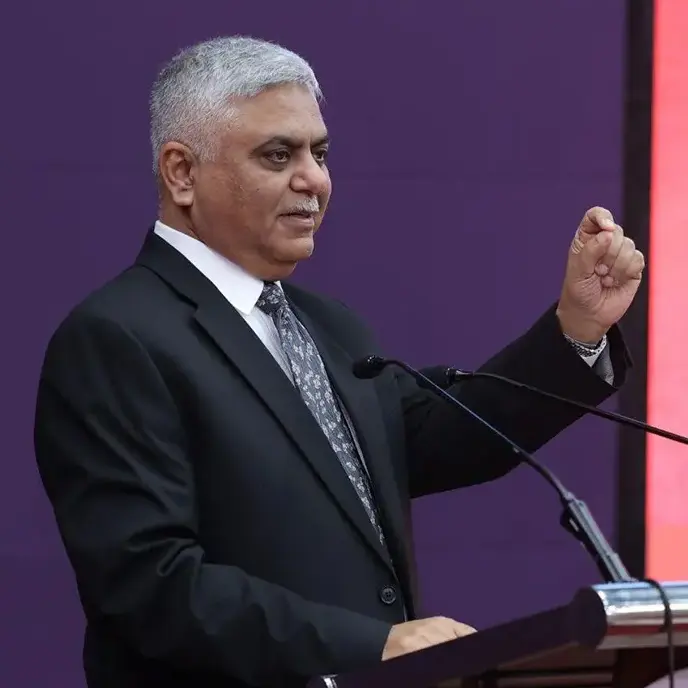
At Sumona, we are dedicated to redefining the reality of sports psychology and performance enhancement with our innovative approaches. Understanding that mental training is as crucial as physical training, our mental health division offers personalized training plans designed to build mental resilience, enhance focus, and promote emotional stability. These plans not only help athletes overcome challenges and manage stress but also enable them to unlock their full potential, ensuring peak performance in their sporting careers and personal lives.
We believe that true athletic excellence comes from a harmonious balance of mind and body. At Sumona, our comprehensive support system is aimed at fostering a growth mindset and enhancing overall well-being. Our commitment extends beyond the individual athlete; we hope to create a supportive community that values mental health and recognizes its impact on athlete performance.
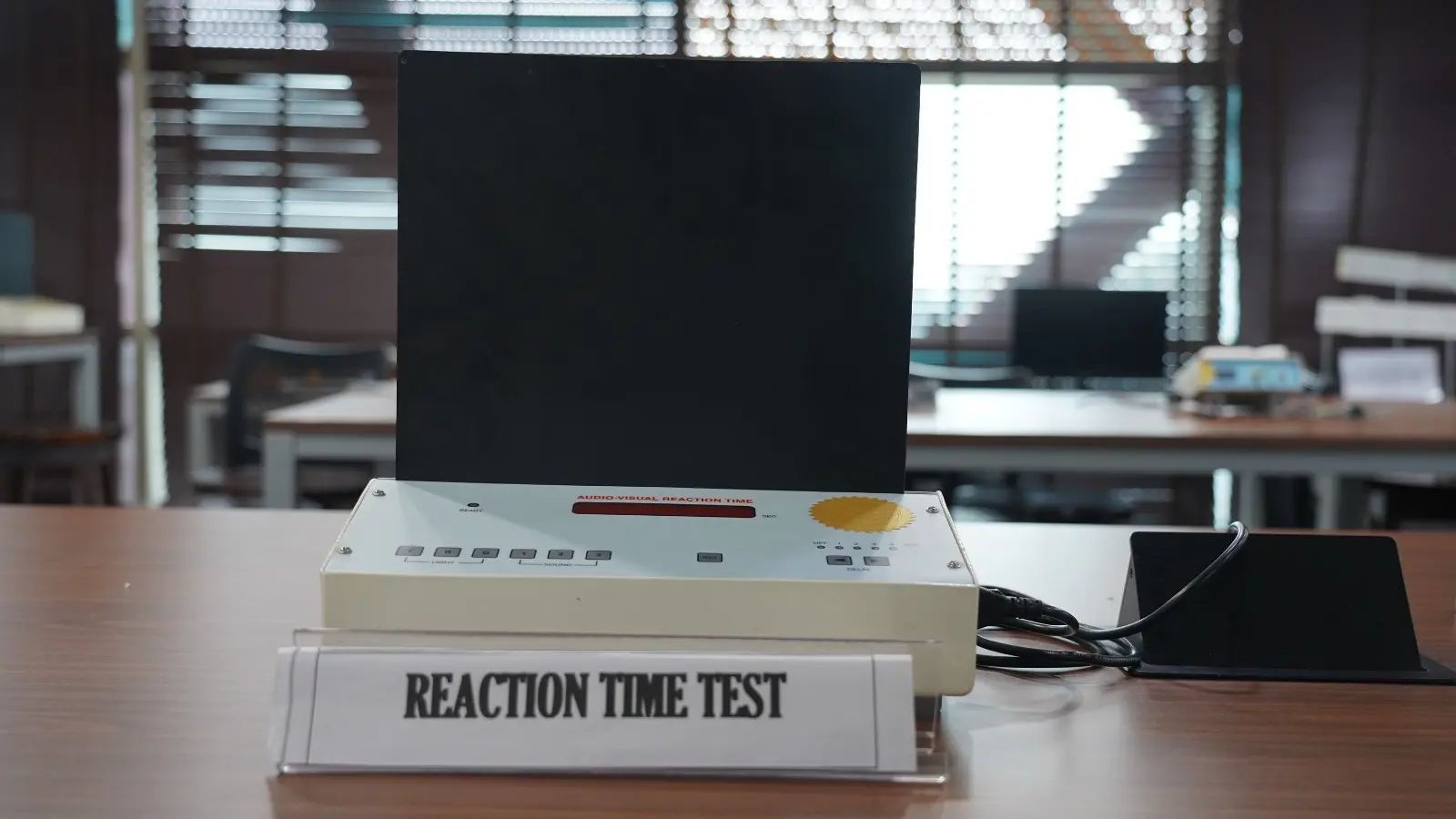
Choice Visual Reaction Time (CVRT), also known as Decision-Making Time, is the duration it takes for a person to make a decision and respond when presented with multiple visual stimuli.
CVRT proves crucial in contexts where quick and accurate decision-making is necessary, such as in driving, air traffic control, or every kind of sport. It also provides insights into cognitive processes like attention, decision-making, and visual discrimination.
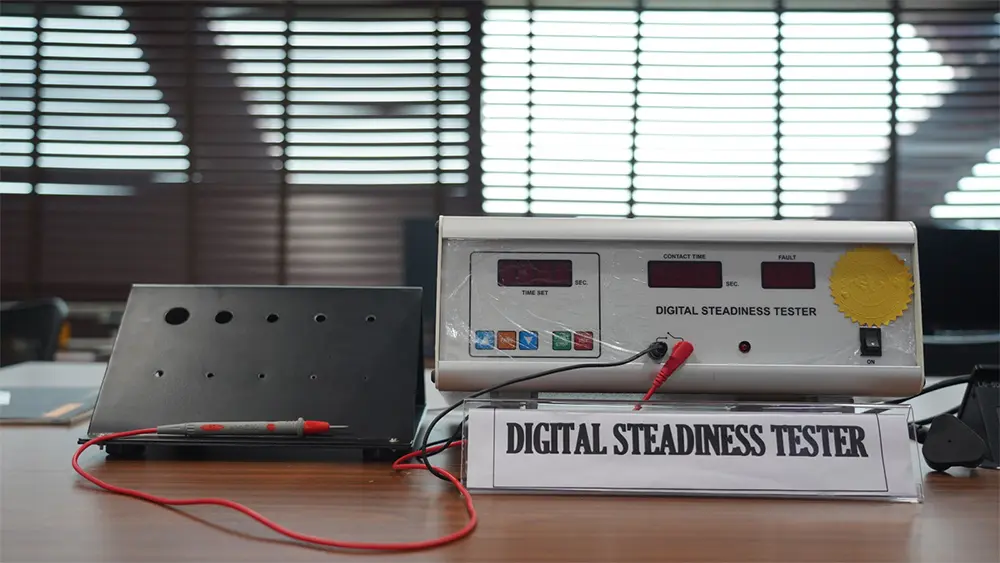
The Digital Steadiness Test is a tool used to measure hand-eye coordination and motor control. It involves using a digital device with a conductive probe or stylus and a metal plate or track, connected to a computer that records results.
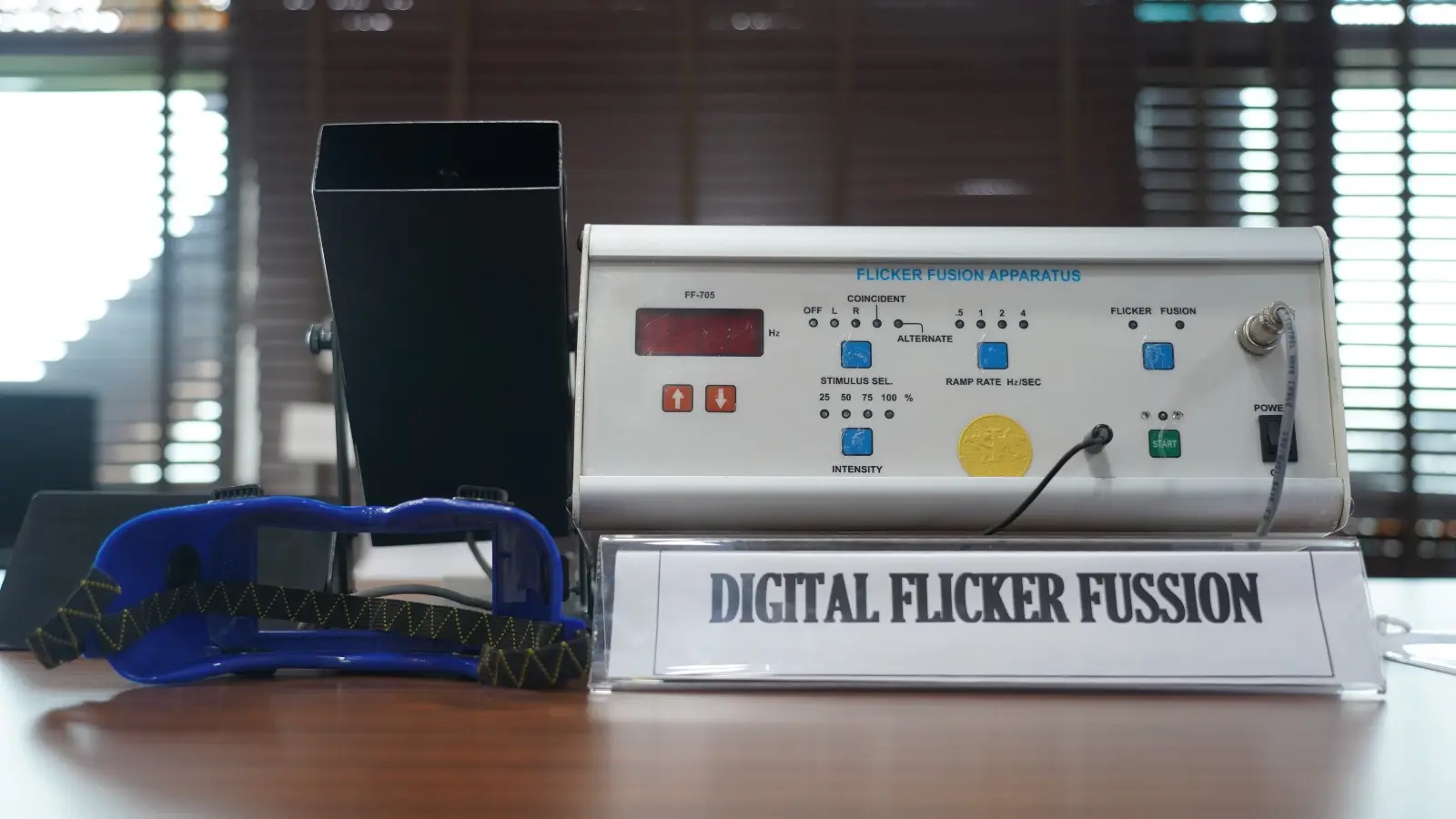
This test is used to assess Mental Fatigue and proposes to measure the fusion frequency or critical frequency of flicker i.e., the rate of successive light flashes from a stationary light source at which the sensation to flicker disappears and the light becomes steady.

Simple Auditory Reaction Time (SART) is the time taken for an individual to respond to a single auditory stimulus, such as a beep or tone. This reaction time reflects auditory processing speed and motor response efficiency. SART is widely used in studies of sensory processing, auditory perception, and tasks requiring quick reflexes to sound cues.

Attention is the cognitive process of selectively focusing on specific information while ignoring other stimuli. It is crucial for processing sensory information efficiently and performing tasks that require sustained mental effort. Sumona hosts equipment to measure attention scientifically.

Concentration refers to the ability to maintain focused attention on a specific task or stimulus over time, often despite potential distractions. Sumona has equipment to measure concentration scientifically.

Vigilance, also known as sustained attention, is the ability to maintain attention and remain alert to stimuli over prolonged periods, particularly when the stimuli occur infrequently.

Simple Visual Reaction Time (SVRT) refers to the time interval between the presentation of a single visual stimulus (e.g., a light) and the initiation of the subject’s response (e.g., pressing a button). It is a measure of the speed of visual processing and motor response. SVRT is used in every sport, neuropsychological assessments, and cognitive testing to assess an individual’s basic visual processing speed and motor response.
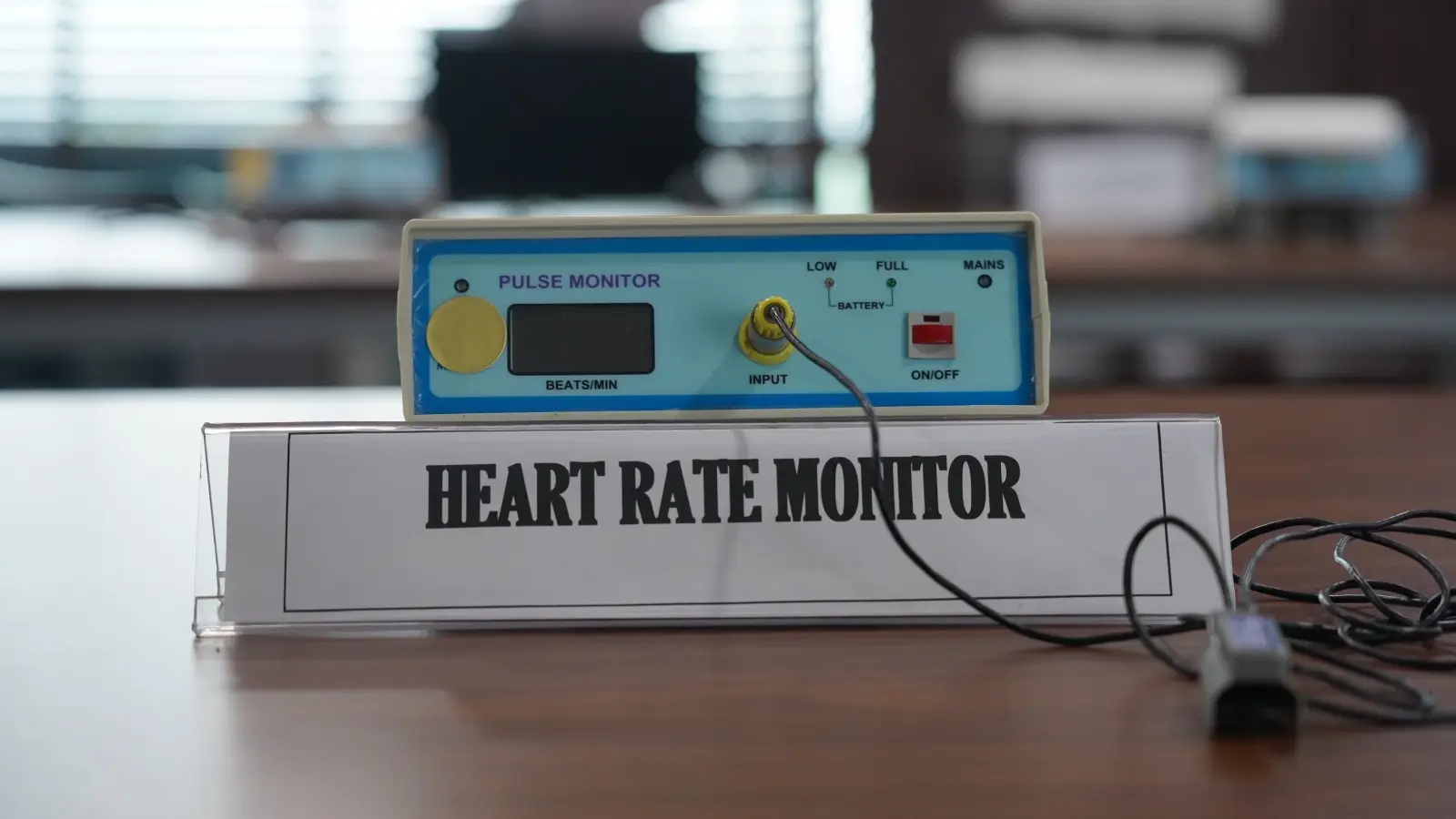
Heart rate is measured via heart rate monitor in beats per minute. A pulse signal is detected by a transducer, applied to the participants' finger, and then amplified, filtered, processed, and translated into a visual feedback display. Using these biofeedback signals, one can learn to slow one’s heart rate and then speed it up, too. The lower the heart rate, the less aroused the individual is.
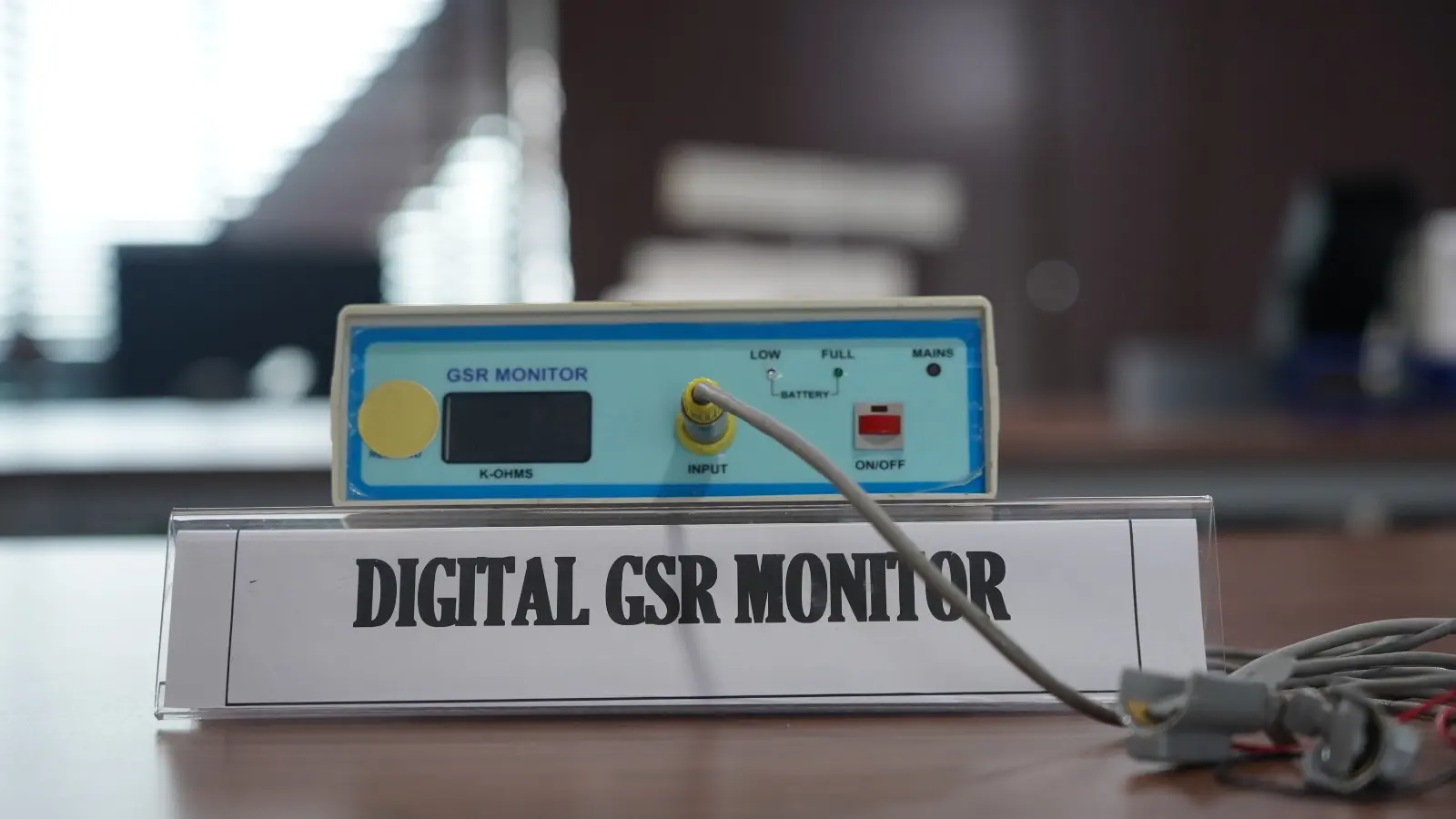
EDA monitor is a non-invasive instrument used for measuring a change in the electrical resistance of the skin response to emotional arousal. When under stress, our body reacts through the skin which is called galvanic skin resistance or electrodermal activity (EDA). It reflects variations in the sweat gland activity and pore size, both of which are controlled by the sympathetic nervous system. Sweat gland activity is not directly accessible, but sweat contains salts, which makes it electrically conductive. EDA is measured by placing electrodes on the tips of the fingers. The machine displays the values in kilo-ohms (kΩ) and can also be managed by subjects via relaxation. A higher EDA reading implies that the individual is more relaxed during the activity.
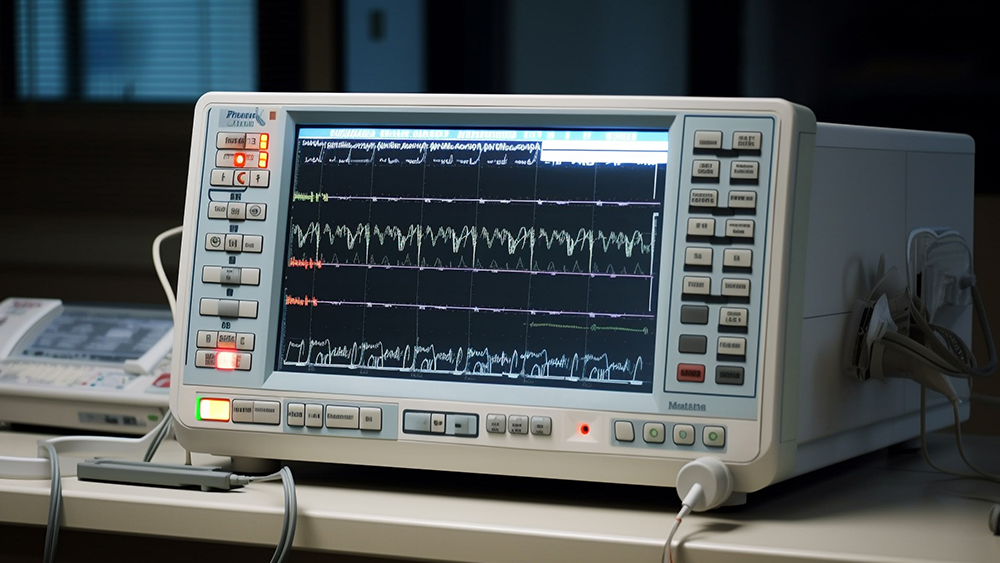
Electromyography (EMG) measures muscle response or electrical activity of the muscle in microvolts (μV). The EMG measures the electrical impulses generated by muscle cells when they contract. These electrical signals, known as electromyographic signals, are detected and recorded using specialised equipment called electromyography. Lower EMG value is good as it implies higher relaxation during the activity.
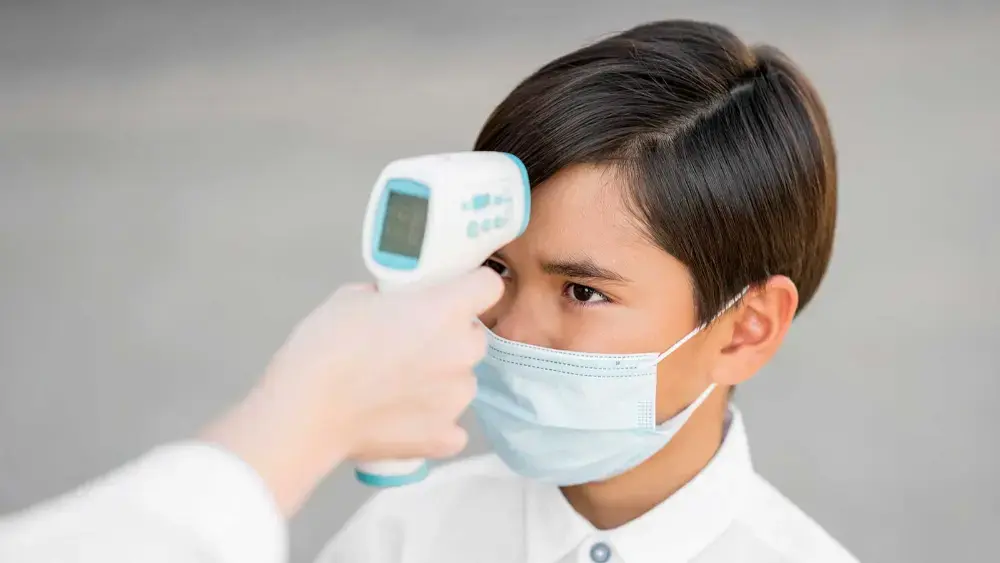
Skin temperature reflects the temperature of the outer layer of the skin, regulated by the thermoregulatory system of the body. It varies based on factors like ambient temperature, activity level, and circulatory health. Monitoring skin temperature can provide insights into thermal comfort, circulatory function, and overall health. Different emotional states can trigger changes in the autonomic nervous system of the body, which can lead to changes in blood flow to the skin, causing changes in skin temperature. This is measured in Celsius. Higher temperature implies lower arousal.

The breathing rate is the physiological process that facilitates gas exchange and is mediated through the proper function of and communication among central neural control (respiratory drive), sensory input systems, the lungs, and the muscles involved in respiration. The rate of breathing measured in cycles per minute modulates with the various emotional states. A lower breathing rate implies lower arousal and greater relaxation among individuals.
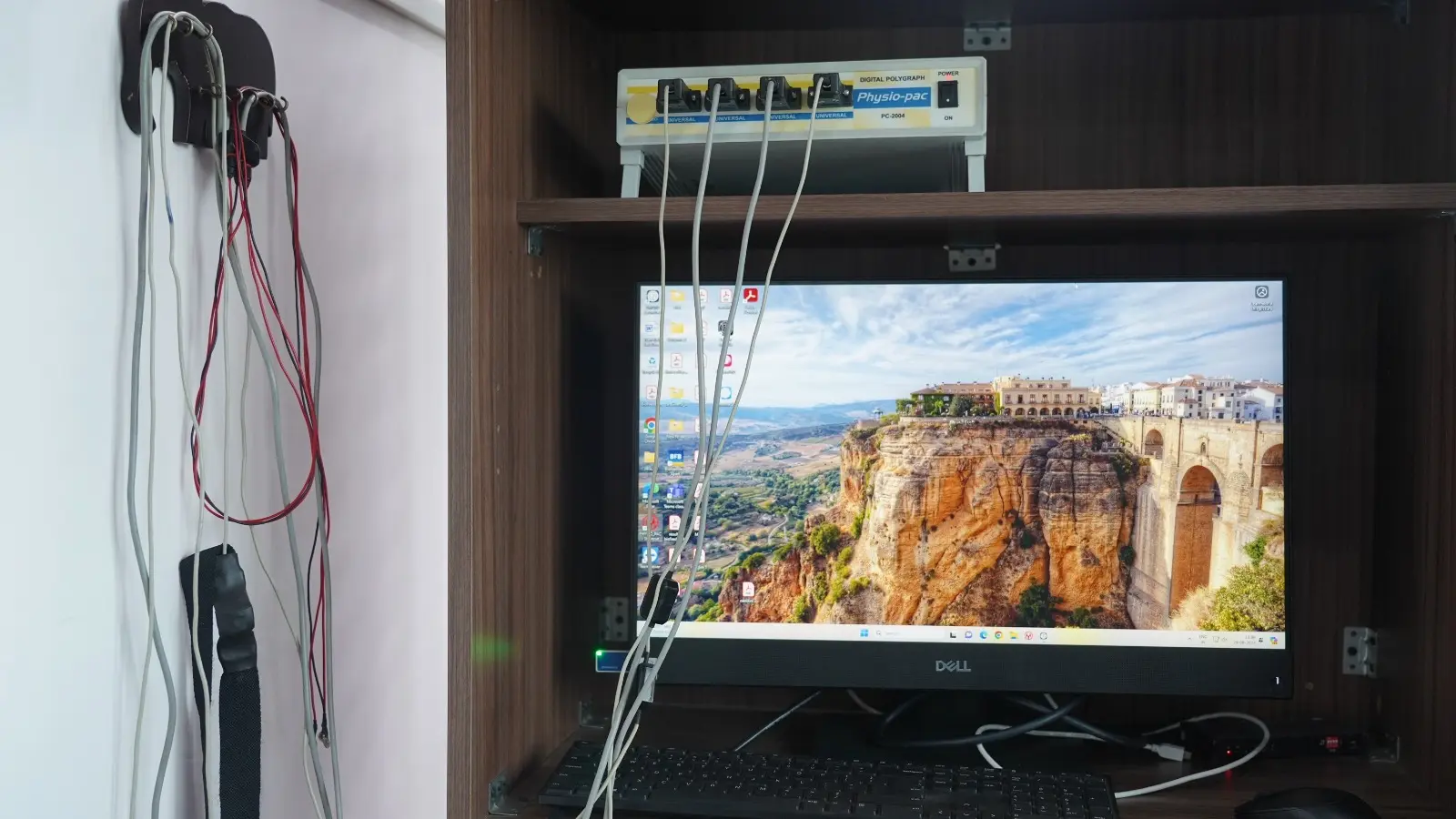
Brainwave or Brain Mapping Assessment typically involves measuring the electrical activity of the brain. This can be done through techniques such as electroencephalography (EEG). Digital EEG measures the brain's electrical activity by placing electrodes on the scalp. The assessment can provide information about brain function and cognitive processes and can be used for various purposes, including diagnosing neurological conditions, studying sleep patterns, and even in biofeedback therapy.
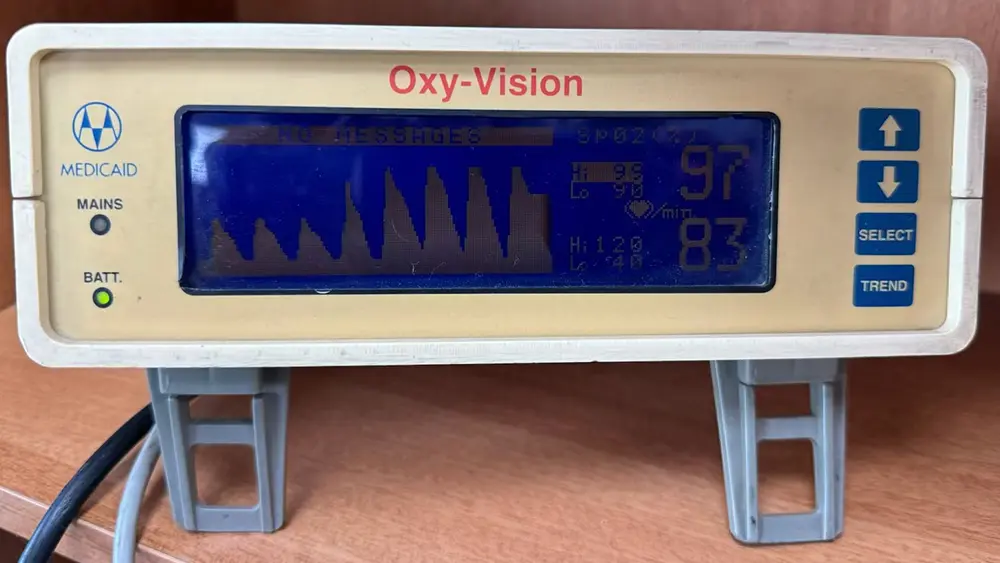
Oxy-Vision measures oxygen saturation (SpO2) in the blood, ensuring individuals receive sufficient oxygen and managing respiratory conditions. It can be relied for quick, accurate readings in urgent situations. For sportspersons, Oxy-Vision helps in monitoring oxygen levels during training, optimising performance and recovery.
Each session will last for 40-60 minutes.